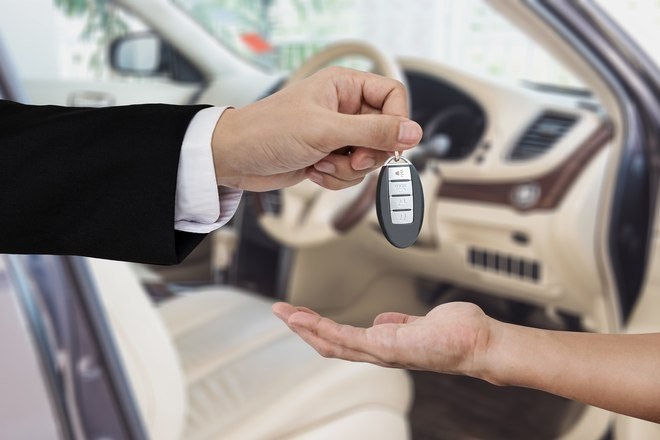
Urban Indians intend to use personal vehicles more than the pre-pandemic times in the future
Globally, India is one of the top markets showing a net increase in intent to use a personal vehicle in the next 12 months
The mobility industry has experienced huge disruptions due to the pandemic, impacting development trends in mobility and transportation. Now YouGov’s new report highlights what companies can do in order to address evolving customer needs and behaviors.
YouGov’s International Automotive Report 2021 is a 17-market study that examines the demographics, behaviors, and preferences of automotive consumers and how digital transformation has changed traditional car ownership and buying behaviors.
Global consumer data revealed driving behavior was drastically impacted as a result of the pandemic. Having said that, a majority of people who buy and drive their own vehicle expect no change in the need for a personal vehicle (59%). A third (32%) stated a lesser or no need for a personal vehicle, while 18% expect a slight or significantly more need for it.
When asked about their plans post-pandemic, “Personal Vehicle” was the only mode that had as many respondents saying they are likely to use it “more than before” the pandemic as the ones who said they will use it “less than before” (21% each). For all other modes of transport- Public transport, taxi/cab, ride hailing apps and shared cab services, a higher number of respondents said they will use each of these modes less than more in the future. Whether it is a matter of convenience, safety, or otherwise, people prefer having a personal vehicle over other options.
At a global level, India was one of the top markets showing a net increase in intent to use a personal vehicle. One-third (33%) of Indian respondents say they will use their personal vehicle more in the coming year than they did in pre-pandemic times, compared to only 25% of respondents saying they will use it less. This behavioral change will have an impact on companies across the transportation landscape competing for this audience’s transportation expenditures.
When it comes to the usage of public transportation in the next 12 months, the intent is one of the lowest among urban Indians across the globe, with nearly half (49%) saying they will use public transport less in the future.
The same is true about their future usage of ride-hailing services. (35% less vs 13% more). This highlights the need for work to be done to restore confidence among urban Indians in public transport and ride-hailing as safe and clean transportation modes.
Taking a deeper look into the profile of the urban Indians planning to drive more in the future shows this group is more likely to be males, 45 years or older working individuals. This audience is more likely than the online population (by 27%) to belong to tier-1 cities and fall within the mid or high-income groups.
Coming to their attitudes, they rely on the internet for information (92% saying this). Advertising influences them much more than the online population, and three-quarter of them (76%) say advertising helps them choose what they buy.
Using these granular insights among many others, companies can identify who these drivers are, and more deeply understand what they believe and value, especially when it comes to mobility and transportation.
Download and read the full report here.